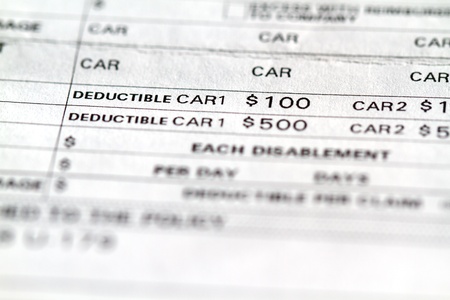If your child is heading off to higher education, then you want to make sure that he or she is well prepared for life on their own. There are a lot of different things that can happen during college life, so it’s imperative that you talk to your teenager about how to stay safe in the process. This week, we have a couple of tips for students going back to college.
Prepping Your Car for the Trip
If the university is a long distance away from home, then you will want to be sure that your teen’s car is up to the challenge. That being said, here are the most vital systems to check and update as necessary.
- Check fluids. Brakes, power steering, and oil are all essential. Other options include windshield wipers, antifreeze, and possibly transmission fluid.
- Check for leaks. If the car is leaving wet spots wherever it goes, there is a good chance that you have to get something fixed.
- Test the battery. Unless it’s less than a year old, it should be tested to make sure that it will hold up, especially in hot or cold weather.
- Check your tires. First, make sure that they have sufficient pressure. Next, check for balding, as that’s a sign that they need to be replaced. Also check to make sure that you have a properly-inflated spare tire that is in good working order.
- Test your lights. Although brake lights and headlights are crucial, you should also check things like license plate lights and dome bulbs as well.
- Find a local mechanic. Since you won’t be on hand to remind your teenager about car maintenance, it’s best to find a local shop that can help out.
More Back to School Safety to Come
Our focus this month is all about school safety. Like and Follow us on Facebook and Follow us on Twitter to keep up when we release new tips!






